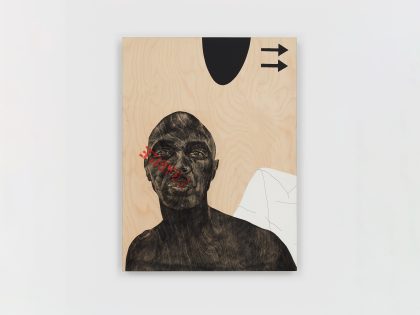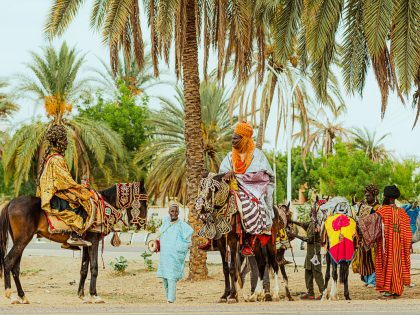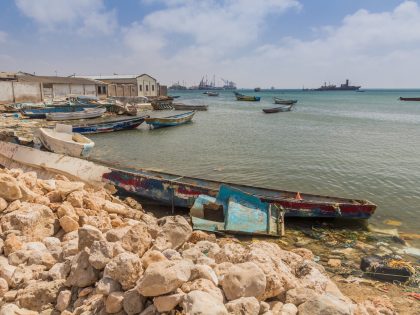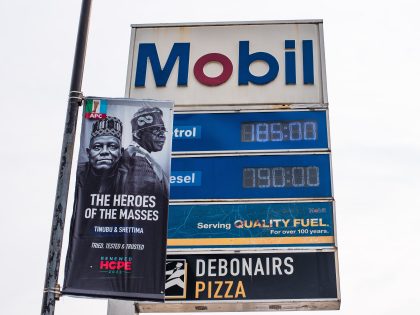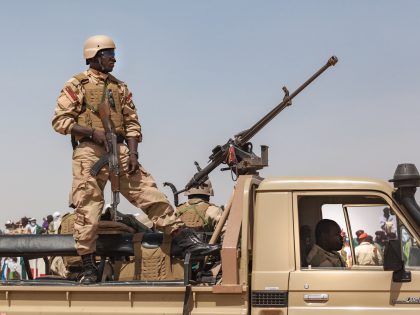The stories of Ghana’s young filmmakers

A interview of Benpaali team member Victoria Aryee Twum-Gyamrah by Team100Words
Heritage inspires content and art conjures thought. With this ethos guiding us, Rebecca Oheneasah Hesse and I launched Bεnpaali Young Filmmakers Festival in Accra as a forum for young artists. A year before, we attended Legon International Film Event (LIFE), a gathering of mostly men from Ghana’s pioneering film industry. By day two, LIFE began to feel incredibly askew, like we were eavesdropping on a conversation at an exclusive men’s club. And while I learned about contemporary Ghanaian cinema, the bandwidth of divergent thinking was narrow. My point here is not to disparage LIFE, but to contextualize this question: What do we lose by underrepresenting young people in filmmaking?
Ben Okri challenges us to employ storytelling as liberation: “Nations and people are largely the stories they feed themselves. If they tell themselves stories that are lies, they will suffer the consequences of those lies. If they tell themselves stories that face their own truths, they will free their histories for future flowerings.”
As NYC filmmaker Loira Limbal and Bεnpaali co-keynote specified, it matters who is telling the story. Luis J. Rodriguez writes, “there is probably no more powerful force for change in this uncertain and crisis-ridden world than young people and their art. It is the consciousness of the world breaking away from the strangle grip of an archaic social order.” Young people, whose nature is to deconstruct their intersecting identities attempting to make sense of themselves in the world, tend to live in a deviant contemplative state of rejecting oppressive ideologies and envisioning possibilities.
Their sense of fugivity comes out in Dear Valentine by Fiona Worlanyo Ansah, a romantic tale turned indictment on the lack of indoor plumbing. And in Agorkokli, Francis Yushau Brown’s animated short about the self-titled Ewé legend depicting what co-keynote, Professsor Kodzo Gavua, describes as that which we value from the past and choose to project forward. And in the film Sophie by his son Fofo Gavua about a female prostitute and proselytizing lay minister, we get a real talk meditation on what it means to be human. Screened at Bεnpaali, these films express what is on young people’s minds: a quotidian frustration that should have been long solved, a creation story tying the present to the past, our human-ness.
During the Q & A we asked the audience to allow younger participants to have the first word. There were but a few moments of silence between the request and an elder taking the lead with commentary disguised as questions. Older folk, males, heterosexuals, those of us that too easily use our privilege to dominate communal spaces need to practice silence as an action, appreciating that transitory quietness is the pause needed for hazy thoughts to come into focus and that speaking unformed ideas aloud helps to refine perceptions. We need to offer young people both our experiences and uncertainties. Teaching youth digital photography when I had not yet switched to the format, I was afraid I would appear fraudulent until realizing I could teach them how to take photographs and they could teach me how to use the technology.
A young person kindled a discussion on why Hollywood (as in Ghallywood, Kumawood and Nollywood) is the lens for African cinema and what this means for how Africans construct storytelling. It touched on colonialism, production quality, and cultural preferences, drawing this conclusion: self-naming, self-knowledge and self-acceptance are crucial. Simply slapping the word “wood” on the end of a geographic location may be convenient shorthand but implies an aspiration or validation? Let us instead encourage young people to name their art like, yes, Bεnpaali (connoting a new dawn in the Buili language of Ghana’s north). Let us take the singer Wiyaala’s lead to do “our things, to trust it is powerful” and know that “Until we accept ourselves, it will always be difficult.” Let us be fed and freed by the stories of young artists.














